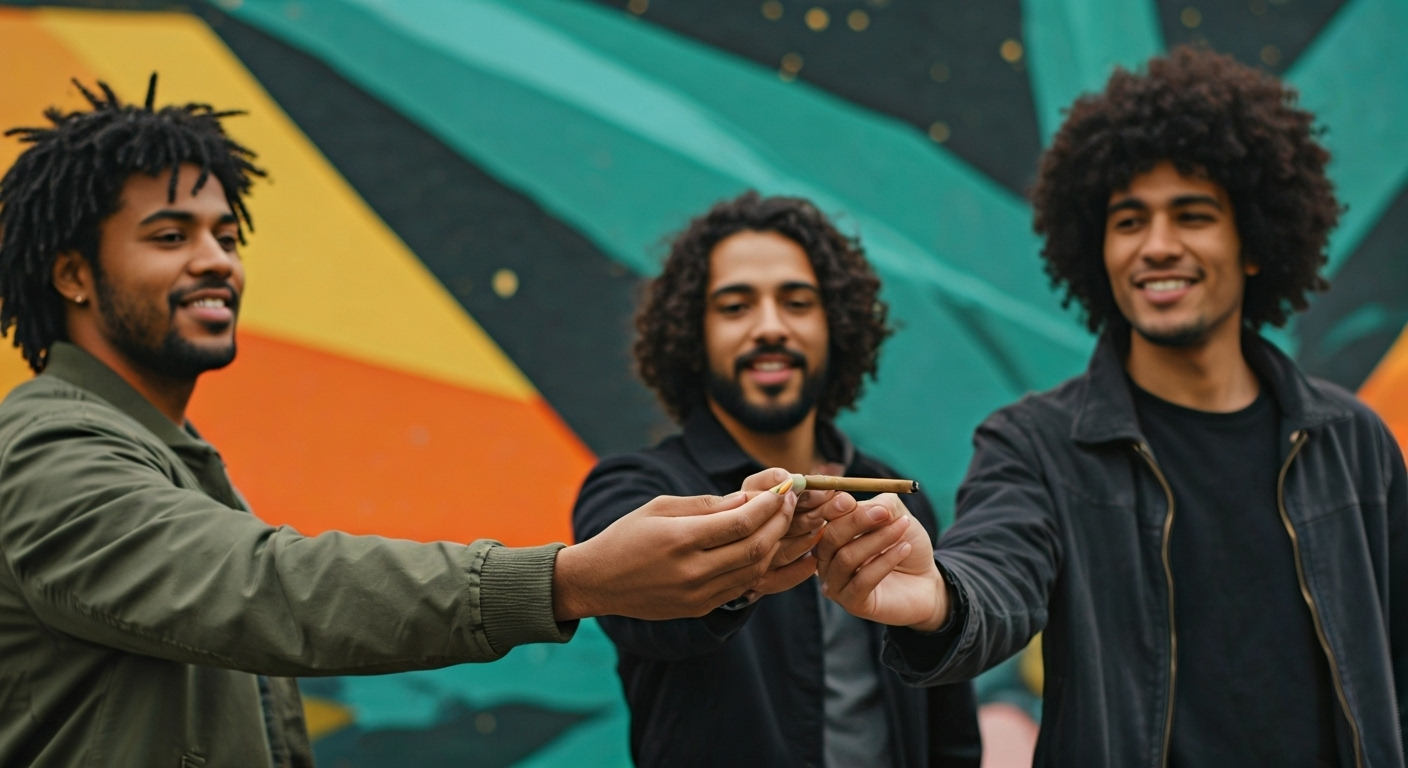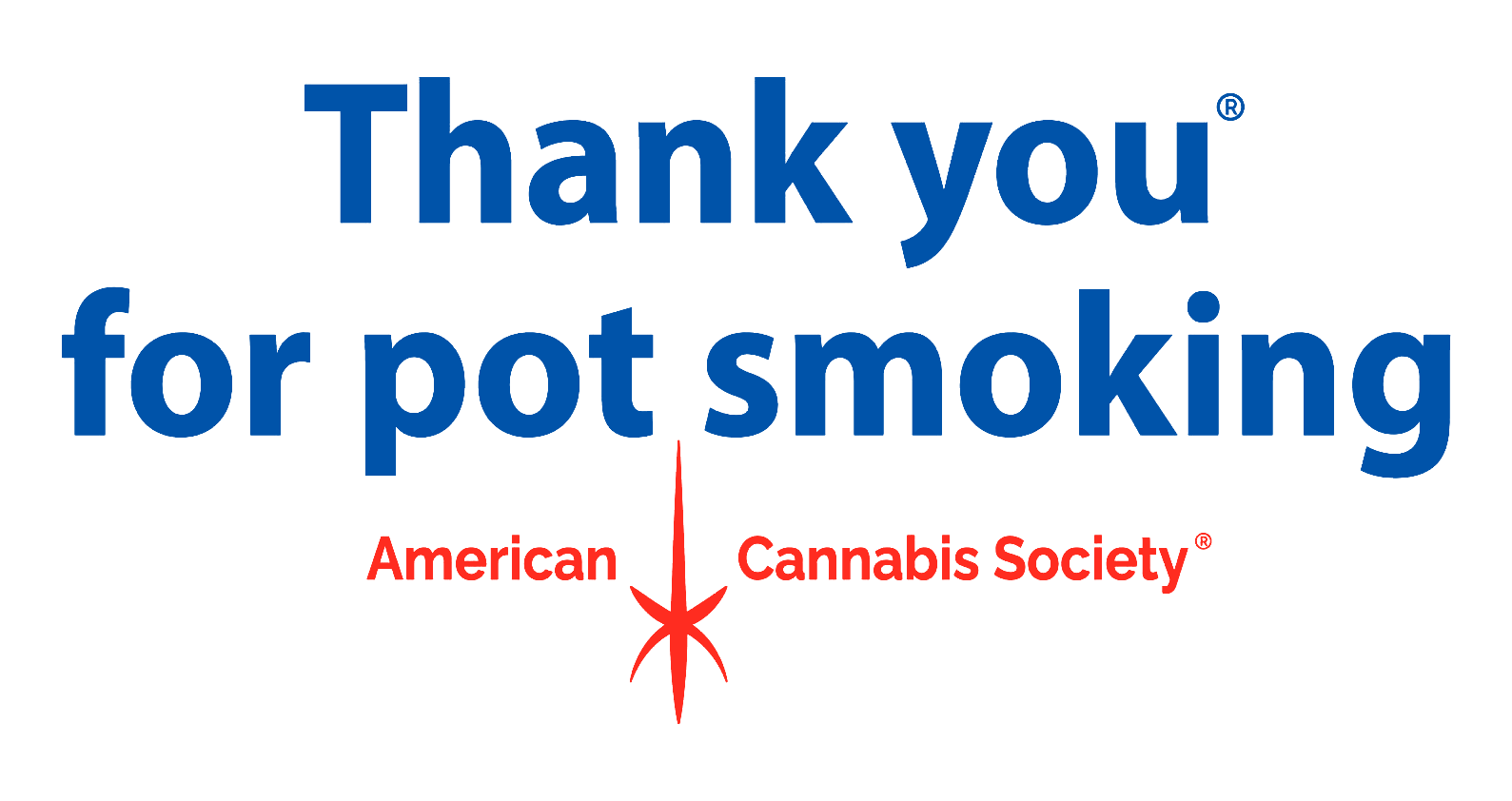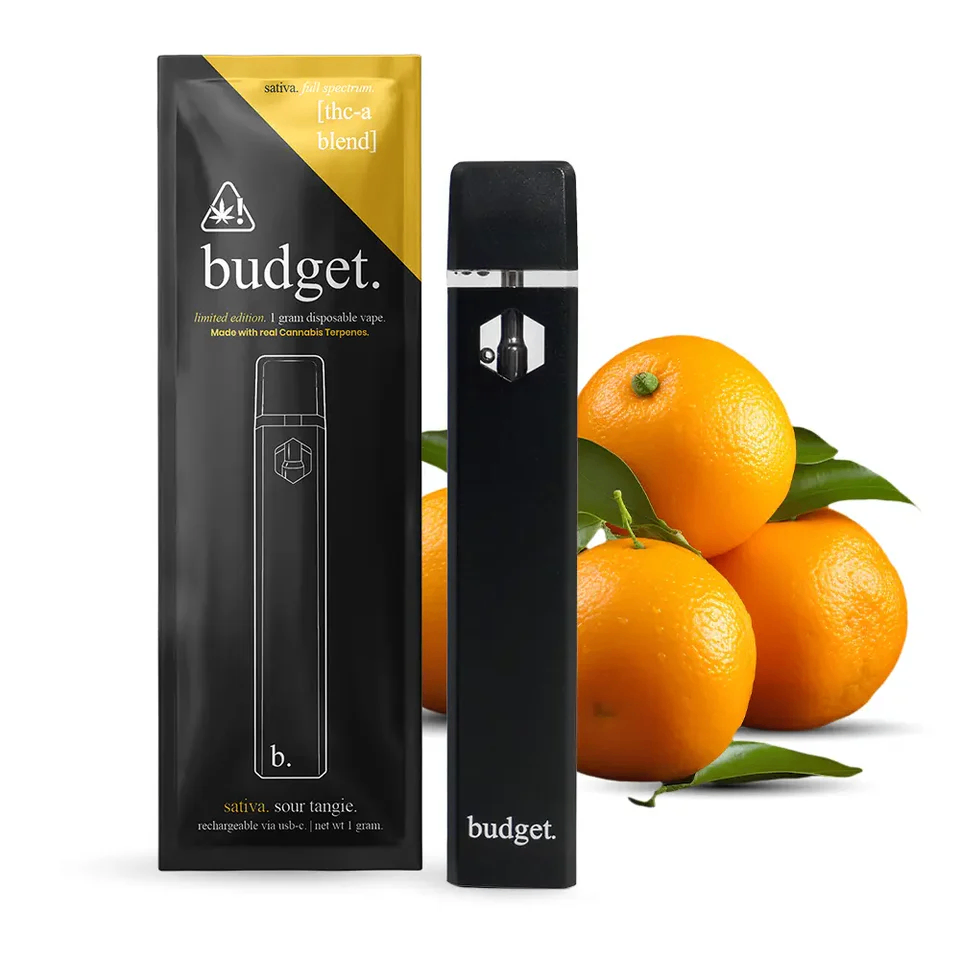Thank You For Pot Smoking®: History and Impact Explained
Posted by Dispensary Near Me on Jul 19th 2025
Thank You For Pot Smoking®: History and Impact Explained

Origins of Cannabis Use in Human History
Archaeological finds show that we have used the marijuana plant for thousands of years. Its first use goes all the way back to old Central Asia. Early people respected weed and saw it as important for rituals and medicine. They would often use the pot plant for healing. The plant’s special effects, including those from tetrahydrocannabinol acid (THCA), made it a key part of their ways to treat illness.

Early Ritual and Medicinal Applications
The cannabis plant has been a part of rituals for thousands of years. People have used it to feel closer to the divine and to help everyone connect better. The plant is known for having psychoactive effects. It has also been used by many for medicine. People turned to cannabis to treat chronic pain and anxiety disorders. There are old texts that show reefer was a common natural remedy. These writings tell us it was well known to help with different problems. - Serotonin
Spread Across Ancient Civilizations
The use of pot goes back many years and crosses many lands, including South Africa. People in places like Mesopotamia and Egypt valued the cannabis plant for much more than just its effect on the mind. They also saw that it could help people feel better and be used for some medicinal purposes. Old writings from these places show that cannabis was used in rituals to help with spiritual experiences and to ease some health problems. The spread of the marijuana plant was helped by people trading, and this made different kinds of cannabinoid products known to many. Over time, all this made people see the good things about the use of weed and how it could help with health, which then spread to many other cultures.
The Evolution and Culture - THCA - THC - CBD - Gummies Weed - City
Over time, people have seen pot change a lot. In the past, indigenous communities used this plant in sacred ways. They believed in its healing powers and used it in their daily lives. As the years went by, marijuana products started to show up in new places and be used in new ways.
During the 20th century, pot smoking became something that stood for freedom and breaking the rules. You would see it as a sign that people wanted to do things their way. This change made the connection between people and cannabis more complicated. It also helped people think more about whether to make pot legal or not.

Cannabis in Indigenous Traditions - Nausea
Cannabis has a long history in many native cultures. People have used the plant for its healing and spiritual benefits. In many rituals, they would use different cannabis products. They believed this could help them feel closer to the spirit world and bring a sense of wellbeing. Research shows that cannabis has always been a part of old ways to treat body and mind problems like chronic pain and anxiety disorders. - Thank You For Pot Smoking®

Shift to Recreational Use - Madison Dispensary
The move to allowing the use of weed for fun brought about a big change in culture, especially in the United States. This change started to pick up during the countercultural movements in the 1960s and 1970s. At that time, many people began to accept and enjoy the psychoactive effects of marijuana. - Thank You For Pot Smoking®
In places like Colorado, changes in the law made this transition even stronger. These changes led people to think again about marijuana in their day-to-day lives. People began seeing more of the effects of marijuana, as well as how it could add to their quality of life and bring new kinds of recreational enjoyment.
The Birth of “Thank You For Pot Smoking®”
The phrase "Thank You For Pot Smoking®" comes from a big change in culture that started in the 1960s and 70s. People began to use this saying to show that using was not just about getting high. It was about feeling free and pushing back against what most people in the country thought. This phrase shows that cannabis products and pot smoking are now more accepted. It also plays a part in how people talk about the push to make ganja legal. More people now see that weed has real medicinal purposes and can help with better cognitive function. For many, the phrase "Thank You For Pot Smoking®" is a call for support to those who want weed to help people live a better quality of life. It brings together people who believe in safe and careful pot use for its many good uses.
The Phrase’s Cultural Origins
Coming out of countercultural times, the phrase “Thank You For Pot Smoking®” mixes gratitude with recognition of the experience. The phrase began in artistic scenes and at group events. At these times, people came together to celebrate cannabis as something that sparks creativity and brings people closer. The social movements in the 1960s and 1970s helped the phrase take shape. It started to stand for many people’s thankfulness for cannabis culture. Over time, it has come to be a symbol of a way of life. It shows how both the ritual and fun sides of cannabis use and pot smoking are part of life now. Thank You For Pot Smoking®

Role in Countercultural Movements
Countercultural movements in the United States have had a big impact on how we see the marijuana plant. These groups started to think differently, moving away from what most people thought at the time. They welcomed the psychoactive effects of cannabis and saw it as a way to show feelings and push back against old ideas. Key humans in these groups used pot smoking to question what society expected, talk about peace, and ask for freedom. Different events, meetups, and kinds of art began to focus on this culture. These things showed both the health and fun sides of use. In the end, all this helped more people in the United States see what good things cannabis can offer. Thank You For Pot Smoking®
Prohibition in the United States
Early laws against cannabis use started in the 20th century. The Marihuana Tax Act of 1937 was a turning point. It made pot and marijuana use illegal in December of that year. This law also made us forget about the health benefits and medical purposes that cannabis might have. B C D
Later, during the war on drugs, the United States made the laws even stricter. This led to strong punishments and attached a stigma to marijuana and cannabis use in the country. Many of us with cannabis use disorder faced problems because of this approach. The strict control did not stop marijuana use but brought more attention to its adverse health effects, as highlighted by articles in reputable outlets like The New York Times. At the same time, it hid the fact that this plant could help with quality of life and wellness, which some modern research now tries to show, with various studies available, including those with Doi identifiers, such as those published in JAMA Network Open.

What is the concept behind "Thank You For Pot Smoking®"?
"Thank You For Pot Smoking®" is a provocative campaign that challenges societal norms surrounding use. It aims to foster open dialogue about marijuana's impact, promote responsible consumption, and advocate for legalization, ultimately encouraging a cultural shift in perception toward weed and its users.
Now, with new studies, people look again at medical purposes for weed. These ideas point out that marijuana can support quality of life and help many. Thank You For Pot Smoking®
Early Anti Legislation 
Laws about cannabis started to show up in the united states during the early 20th century. This happened because we had growing fears and even misunderstandings about cannabis. The Marihuana Tax Act of 1937 was a big moment during this time. It made cannabis use a crime by using taxes and rules as the reason. This new rule started a period in the United States where many turned against cannabis. News and what people said about the psychoactive effects and other effects of marijuana often made things sound worse than they were. Studies also say that these kinds of laws led to more stigma. Because of this, people started to think about cannabis in a negative way. Thank You For Pot Smoking®
The War on Drugs Era
In the 1970s, the united states began to fight harder against drugs. This was a big point in the history of pot. The country made strict rules about drugs at this time. This brought higher prison numbers, especially for minority groups. When you look at weed use in those years, you see that these laws helped more get ganja use disorder. This made differences in society even worse. - Negative Effects.

Legalization Movement and Reform
The united states has seen big changes in how we look at marijuana use. Many have worked hard to support medical marijuana. They were helped by research that shows how it might help us with things like chronic pain, anxiety disorders, and in some cases, reduce the need for prescription drugs. Changes in laws have made it easier for people to use marijuana for fun, too. Some states have new rules that give people more freedom and help with health issues.
Medical Marijuana Advocacy
Progress in medical marijuana advocacy has moved forward as more users see the benefits of cannabis for many health problems. Groups and local movements talk about how well marijuana works to help all with chronic pain, anxiety disorders, and nausea. This is very important for those who get chemotherapy. Studies from the National Institutes of Health say that we still need more controlled studies and clinical trials. These are needed to be sure about the safety and benefits of cannabinoid receptor modulators. At the same time, medical marijuana laws have changed.
Recreational Cannabis Legalization
Legal cannabis for fun use has brought about a big change in how the United States see this issue. More of us are starting to accept and support it now. States like Colorado have taken the lead, showing other places how it can work. They have shown that this new approach can help by bringing in more tax money and a better quality of life for people. There is also plenty of medical research that points to good things about cannabis, such as helping with pain and mental health. With legal changes, there are now many cannabis products for people to choose from, depending on what they want or need. No Substance Abuse.
Social Impact | Acceptance
The way people see ganja use in the United States has changed a lot over time. Now, more people see it not just as a drug, but also as something that can help with health problems. These problems include anxiety disorders and chronic pain. Many recent studies show that the public is starting to understand how cannabis may help some people feel better. This shift in thinking means there is less shame attached to using cannabis. Thank You For Pot Smoking®
Because of this change, people now talk more openly about how reefer can help with health and wellness, as highlighted in National Geographic articles.
Changing Public Perceptions
There has been a big change in how people think about cannabis. Now, more people accept it. In fact, people support making cannabis legal more now, compared to before. This shift is not just in one group. It is happening in many groups. There are a few reasons for this. Some of it is because people are sharing research about how cannabis can help people and make a person's quality of life better when it is used in a safe way. Social media and groups that advocate for chronic are also making a huge difference.
Cannabis and Minority Communities
In the past, chronic use has played a big part in shaping the culture and way of life in many minority communities. People have used cannabis to help with certain health problems that are common in these groups, mixing old healing ways with some new methods. But these communities have faced extra problems because there is more judgment and strict public eye on them. This has made it harder for them to get medical cannabis and for their voices to be heard when people talk about legal rules for cannabis. Now that more people are open to cannabis use, it is very important to make sure the rules for weed are fair.
Economic Impacts of Cannabis Legalization
Job creation has gone up in states that allow cannabis. There are new jobs in growing, selling, and distributing ganja. This new industry helps people start businesses. It also brings in a lot of tax money for the state. Some of this tax money goes to schools and health programs. This helps make communities better. There is also more work in other markets like cannabis-infused dietary supplements and new ways to use reefer. All these changes show that the economic benefits of cannabis legalization are clear to many people now.
Job Creation and Industry Growth
The fast-growing pot industry has helped make many new jobs in different fields. People are needed for everything from growing plants to working in retail. Now, there are thousands of new jobs. Dispensaries, growers, and businesses that help the reefer industry are helping local areas. This leads to a better quality of life for many people.
Many companies in the cannabis industry now focus on hiring people from all kinds of backgrounds. They want their workforce to be diverse. This makes the community stronger and helps people who have often been left out in the past.
Tax Revenue and State Economies
The legalization of weed has given states new ways to raise tax money. This new stream of income has had a strong effect on state economies. Taxing cannabis products like edibles and oils has brought in more money for public services, schools, and healthcare. States such as Colorado and California have seen big extra amounts of money because of taxes on reefer. This has helped them create better welfare programs for everyone. Reports show that this extra money be important for handling big problems like homelessness and changes in education.
Ganja in Modern American Pop Culture
Pop culture has taken in reefer and made it a big part of music, movies, and fashion. You can see it in the way artists and filmmakers talk about the plant. They often show how ganja can be more than just a product—it has changed the way people think. Stories in songs, films, and TV often focus on reefer use, showing the fun side and the health benefits, too.
Representation in Music and Film
Pot has been a big part of music and film for a long time. You can see this in many songs that talk about pot smoking and in movies that show the good and bad sides of cannabis use. This shows how deep it is in our culture. People who make music often sing about freedom and being yourself. On the other hand, people who make movies talk about the issues of legalization and the ideas people have about cannabis. This is important because when we see these images and stories, it shapes how we see cannabis use. It makes people talk about both the happy and hurtful sides of cannabis and ask where it fits in life today or even when thinking about our health.
Influence on Art and Fashion
Art and fashion have always been linked to cannabis culture. People use the world of art and clothing as a way to show their feelings and ideas. Many famous artists and designers like to use wild colors and odd shapes that bring out the psychoactive effects and other effects of cannabis. In the 1960s, countercultural styles showed these themes, and you can still see them in today’s streetwear. What you wear now can say a lot about how much you know about the reefer experience.
Cannabis and Wellness
Looking at cannabis in the world of wellness, there is a lot to learn about how it can help and what problems it may bring. Many people use medical marijuana to help deal with chronic pain, anxiety disorders, and nausea. The way the plant works in the body is through things called cannabinoid receptor modulators. These can do a lot of good in some health situations.
Medical Benefits and Therapeutic Uses
Research shows the use of cannabis may lead to many medical benefits. It is especially known for helping with chronic pain and anxiety disorders. Studies of cannabis say that both tetrahydrocannabinolic acid (THCA) and cannabidiol (CBD) can lower nausea and help improve appetite. This works well for people getting treatments like chemotherapy. Clinical trials also show clear evidence that cannabis can help manage epilepsy and multiple sclerosis. More people now accept the use of cannabis for medicine, and the FDA's involvement leads to more medical research about this and a better understanding of its effects.
Weed use often comes with many wrong ideas that can make it hard to understand and use safely. One common myth is that marijuana is always safe. This is not true because it can cause side effects like anxiety disorders, problems with thinking, and even cannabis use disorder, presenting an increased risk of negative outcomes.
Innovations in Cannabis Consumption
There are now many new ways for people to try the chronic. Companies have made more types of products, like edibles, things you can eat, and concentrates. These are now very popular. They give people options with different amounts of weed, and each one can have different effects. Vaping is one way that more people like to use now. It is easy to do in private, and some people think it may have less health risk than smoking. Scientists are also looking at cannabinoid receptor modulators.
Edibles and Infused Products
Many people now like using edibles and products you can eat or drink with cannabis. These options are easy to use and no one will notice you using them. They offer a different way to take pot when you do not want to smoke it. You can find them as gummies or as baked foods. These often have set THC levels so people can pick what works best for them.
The psychoactive effects of foods and drinks with cannabis do not show right away.
Advances in Vaping and Alternative Methods
Innovations in vaping technology have changed the way people use cannabis. These new methods are more discreet and work better than old ones. E-cigarettes, vape pens, and even devices like a bong help give you the right amount of cannabinoids each time. They also help cut down on the adverse health effects that you can get from smoking. Studies now show these devices let the body use tetrahydrocannabinol acid (THCA) and CBD even better. This means you can feel the effects faster, and it is often easier to handle.
Also, new types of cannabis products like gummies and cannabis oil tinctures are now available. These give people another way to use cannabis for medicinal purposes without the strong psychoactive effects. Because of this, more people can find a good option that works for them.
Science Behind Cannabis: How It Works
Understanding the science behind weed shows how it works in the human body. The reefer plant has compounds like tetrahydrocannabinol acid (THCA) and cannabidiol (CBD). According to the United Nations Office on Drugs and Crime (UNODC), these mix with cannabinoid receptors found in the brain. Studies show they can change how some brain signals work. This could help you get better cognitive function, improve quality of life, and even reference important studies using bibcode entries. People who have problems like chronic pain or anxiety disorders may notice some good changes. Thank You For Pot Smoking®
Clinical trials run by well-known groups, such as the National Institutes of Health, look at the analysis of cannabis and its effects in detail. They study both the medicinal purposes of pot and its possible adverse health effects. This type of research helps us understand more about how THCA, CBD, and other parts of the pot plant work together in the body.
Understanding Cannabinoids
Cannabinoids are chemical compounds found in the weed and hemp plant. They work with the body’s endocannabinoid system and affect many processes in the body. Tetrahydrocannabinol acid (THCA) and cannabidiol (CBD) are two well-known cannabinoids people study a lot. Each one may help with different health problems. Research shows that cannabis products may help some people think better or get pain relief from long-term health issues.
Still, a systematic review says that not everyone has the same response to cannabis use. Some people get the results they want, but others may have bad effects to their health. Because of this, it is important to know how each person reacts to these compounds. This makes cannabinoids an important topic in modern medical research as the world learns more about marijuana, as illustrated by various studies published by Oxford University Press, and how to use it for health.
Effects on the Human Brain and Body
The human brain and body can be deeply changed by cannabis. This happens because cannabis works with cannabinoid receptors. These receptors help create the psychoactive effects that can change your mood and the way you think. Thank You For Pot Smoking®
The Future of Pot Smoking in America
Emerging trends show that there will soon be big changes in cannabis culture in America. These changes are happening because of new laws and how people now feel about the cannabis plant. Many expect the law to make it easier for people to get both recreational and medical cannabis. This means more people might add CBD and THC products to what they use every day for health and wellness. Thank You For Pot Smoking®
There is talk about giving everyone a fair chance in the weed world. These talks might help fix some wrongs from the past for people in this community. At the same time, research into cannabis use keeps growing. People get to know more about the good and the bad that can come with the cannabis plant. As people learn, they may use cannabis in better ways and only in safe amounts. They can also see how it can help with health or be used for fun, making the most of what the cannabis plant has to offer. Thank You For Pot Smoking®
Anticipated Legal Changes
Recent changes in cannabis laws show that things are starting to change in the United States. Because of this, there may soon be more ways for people to get cannabis products for medical use of cannabis and everyday use. June. - Thank You For Pot Smoking®
Is pot smoking legal everywhere in the United States?
Pot smoking is not allowed in every part of the United States. Some states in the United States, like Australia, have made ganja legal for both medical and recreational use. There are other states that still do not allow it at all. Federal law says that cannabis is a Schedule I drug, which complicates the drug administration rules about it in the United States.
What are the potential health risks of pot smoking?
Pot smoking comes with many health risks. These can include problems with breathing, changes in how the brain works, and a faster heartbeat. If you use weed for a long time, it may lead to issues like anxiety or depression.
How did “Thank You For Pot Smoking®” become a cultural phrase?
The saying “thank you for pot smoking®” started as a way for people to stand up against the old rules against marijuana. It shows how the people who use cannabis and those who support it feel part of one group. They use this phrase to show that they are not afraid to speak up for pot use. Over time, “thank you for pot smoking®” has come to stand for a push to make pot smoking and weed a normal thing that people talk about in everyday life. Thank You For Pot Smoking®
Can weed use lead to dependence?
Ganja use can cause some people to become dependent, especially if they use it often. Things like genetics, mental health, and how you use cannabis can add to this risk. Not everyone will get hooked on it, but it is important to know about the possible risks. This will help you make better choices about reefer use. Thank You For Pot Smoking®
What are the safest ways to consume cannabis?
Picking safer ways to use ganja can make the experience better and lower your risks. You can try things like edibles, tinctures, or vaporizers. These have fewer harmful effects than smoking. When you start, use a small amount first. It is best to talk to a doctor or expert for help. This way, you will be safe and enjoy your time with it more. - Thank You For Pot Smoking® - No addiction.

